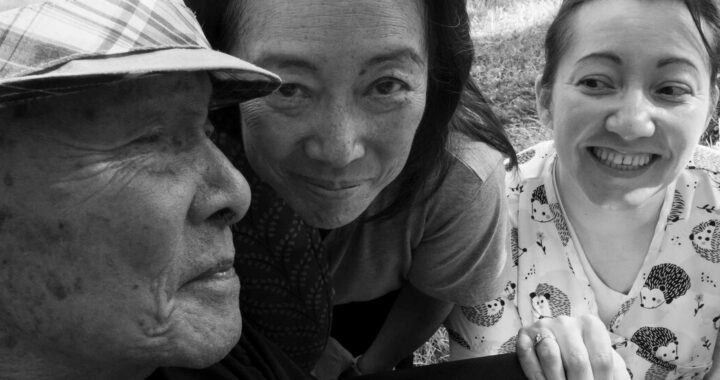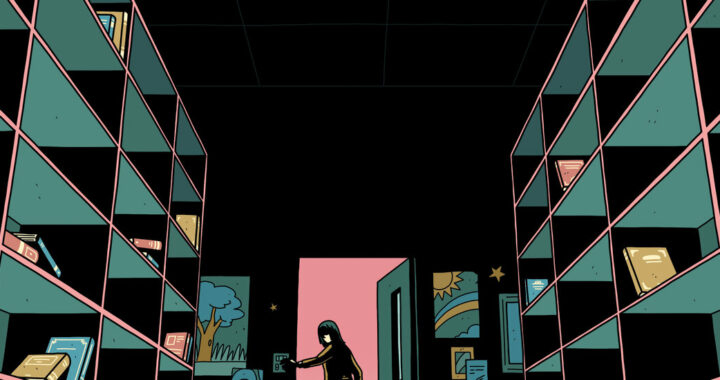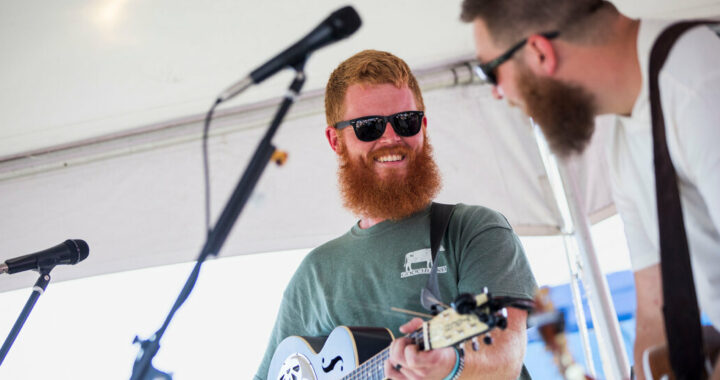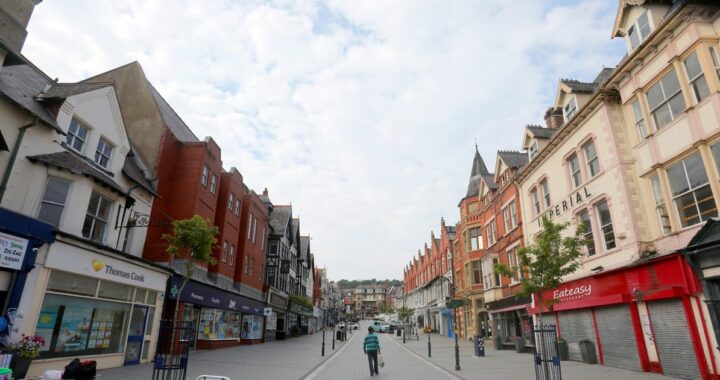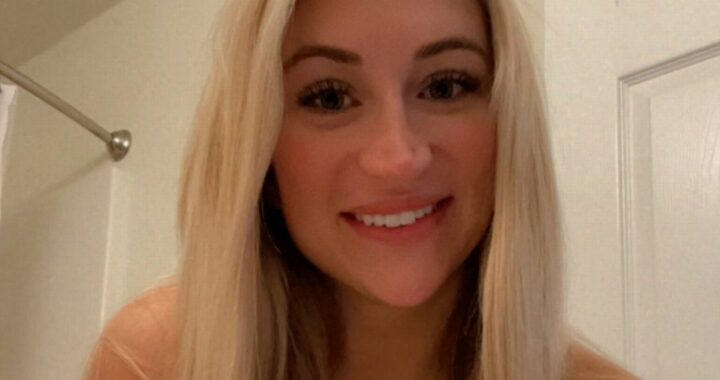Opinion | Your Clothes Were Never Meant to Fit You
5 min read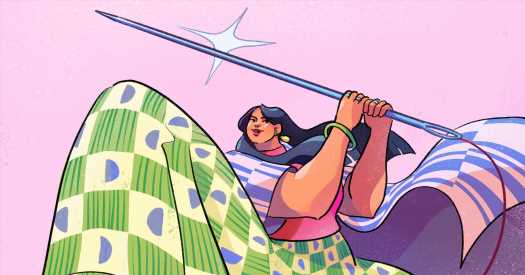
I was 17 and trying and failing to find a plus-size dress for the prom. Wandering through shops with friends, I’d feign interest in the petite strapless and halter-top gowns before heading toward the rack, sequestered in a back corner, where they kept the dresses in my size. If you, too, were a “curvy” teenager, you’ll know the kind of frocks I found: predictably frumpy, with wide straps and high necklines, and available only in “slimming” black or navy blue. I was a vivacious teenager — the last thing I wanted to wear to prom was a funeral-appropriate smock.
When I complained about this situation to my grandmother, who was also soft and round and no stranger to my predicament, she looked me square in the eye and said, “Let’s just make it, toots.”
For a brief moment recently, it seemed like big brands and box stores were finally deigning to cater to women like me. The zeitgeist had evolved past the “heroin chic” trend of the ’90s and the low-rise jeans of the 2000s. “Body positivity” became a buzzword. In 2018, Loft and Madewell introduced plus sizes to their offerings, and in 2021, Old Navy introduced a “Bodequality” campaign to stock sizes 0 through 28 in stores. Ralph Lauren loudly trumpeted its hiring of a size 12 model (just a few years after getting in trouble for Photoshopping a model into impossible thinness) and Sports Illustrated, to great fanfare, started routinely including curvier women in its annual swimsuit issue. Celebrities celebrated Lizzo. Ashley Graham was everywhere. Plus size was having a moment — and it felt, to me, as though the hard work of disentangling morality and health from the shape of our bodies was finally, maybe paying off.
Then, just as quickly, the moment passed. Old Navy walked back its initiative. Loft removed its plus-size offerings. Clothing companies returned to once again courting a thin minority. The haunting return of Y2K-style fashion coincided with the rise of drugs like Ozempic being used for their off-label weight-loss side effects. This spring, New York Fashion Week featured 31 plus-size models — which may sound like a lot, until you consider that about 3,000 models appeared over the week, and the number of plus-size models was actually down from 49 the season before. No sooner had bigger bodies been invited to the party than we were being ushered out the back door again.
That might feel dispiriting. But there’s an antidote to the whims of a fickle, fatphobic fashion industry. I know exactly where I can find a perfect dress that fits me well and makes me feel great.
As my grandmother said, I just make it, toots.
Even as the fashion industry is scaling back its plus-size offerings, indie pattern designers who cater to bigger women have exploded in popularity. In 2019, after Instagram posts flagged the lack of size diversity in sewing patterns, a communitywide discussion began in the D.I.Y. crowd. Rather than pattern designers digging in their heels, they listened — and responded. Now there are offerings for all the natural variations in waists, hips and breasts, with an array of plus-size sewing patterns in a wide range of measurements. There’s an annual celebration every May on Instagram for people who make their own clothes, #MeMadeMay, where thousands of hip, modern sewers flaunt the fruits of their own designs. For plus-sized accounts like @tanglesandstarlight, @fat.bobbin.girl, @husqvarnaqueen and @frocksandfroufrou, the purpose isn’t to sell you the clothes they’ve made, it’s to inspire you to make your own and discover how empowering it can be.
This is the lesson that mass retail should be studying with intense interest. Plus size is now the American average, as two-thirds of American women wear a size 14 or above, according to a 2016 study by Plunkett Research. If the major brands have driven us out of their stores and into our own communities, they have no one to blame but themselves. My guess is that once women discover how much better it feels — and fits — when they make clothes for their own bodies, they won’t be coming back to the standardized, one-size-fits-some options available in stores. If mass retail is about uniformity, trends and disposability, the me-made movement is about recognizing the fact that each body is distinct, different and worthy of celebration.
In “Butts: A Backstory,” the journalist Heather Radke explored the garment industry’s history of trying and failing to standardize sizing for women’s bodies. “Bodies are bespoke, and most clothes made since the 1920s are mass-produced industrial products,” Ms. Radke wrote. Because of the complicated nature of pattern grading, which is used to create multiple sizes from one design, “as clothing sizes get bigger, it is less likely they will fit,” Radke explained. While men’s sizing utilizes inches in a straightforward manner, with measurements like inseam and chest, women’s sizes have no consistency from one brand to another. Whether a woman is tall or short, large busted or thin hipped, doesn’t provide any formula for sizing her body as a whole.
Women’s bodies are anomalies, unwilling to be solved, which is part of why, for as long as the clothing industry has attempted to homogenize them, women have been branching out to make clothes of their own. Professor Abigail Glaum-Lathbury of the School of the Art Institute of Chicago put it to Ms. Radke very simply: “Unless your clothes are made for you, they don’t actually fit.”
When my grandmother first proposed making my prom dress, I resisted, imagining outdated prairie gunny sacks and 1950s housewife dresses. My mother had made much of my childhood clothing out of economic necessity, so I’d internalized the idea that making your own clothes was a source of shame, not pride. To me, sewing seemed boring, domestic and difficult, a chore to be left behind rather than a skill to be acquired.
Nonetheless, my grandmother marched me to the back of JoAnn, where we flipped through oversize binders of patterns. She was an expert seamstress, so she knew that if we couldn’t find “the one,” she could make it herself, taking the bodice from one pattern and Franken-sewing it to the skirt of another. She self-drafted spaghetti-thin straps, just the way I’d envisioned. The dress was pearly blue with navy tulle blooming beneath. It was perfect.
In my late 20s I started sewing for myself, and discovered what my grandmother knew all along: A revolution can start with a stitch. When I made my first dress, I twirled in front of the mirror and finally understood how, every time I’d worn a store-bought garment that pinched or squeezed or wasn’t quite right, I’d taken that ill fit as a personal failing. Now I know it was an opportunity. In the 18 years since my senior prom, my fashion sense has blossomed into something brazenly curated, custom-made and entirely mine — out of necessity, but also out of joy.
Elizabeth Endicott is a writer and textile artist.
The Times is committed to publishing a diversity of letters to the editor. We’d like to hear what you think about this or any of our articles. Here are some tips. And here’s our email: [email protected].
Follow The New York Times Opinion section on Facebook, Twitter (@NYTopinion) and Instagram.
Source: Read Full Article
